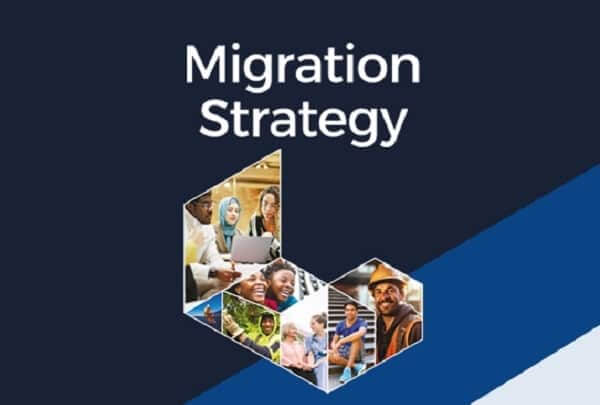In an announcement poised to reshape the very fabric of Australia’s migration landscape, the Albanese government has unveiled a comprehensive 10-year strategy aimed at overhauling what it deems a “broken” temporary migration program. This bold move was officially revealed on Monday. The federal government says the strategy encompasses a multifaceted approach designed to address exploitation concerns, streamline pathways for top global talent, and elevate standards for international students.
The core of this strategic initiative involves raising the bar for international students and certain workers seeking visas, signalling a decisive crackdown on the perceived misuse of student visas as a backdoor entry for employers looking to import low-skilled workers. The cornerstone of this effort is the introduction of more stringent minimum English-language requirements for individuals entering Australia on a student visa. Importantly, these language requirements will align with those imposed on skilled visa applicants, a move aimed at ensuring a higher calibre of language proficiency. Despite these tightened requirements, students will still retain the option to work part-time, striking a balance between educational pursuits and practical experience.
Simultaneously, the government is poised to reduce the number of entrants under the middle-tier skilled worker visa category, impacting individuals earning upwards of $70,000 annually. The minimum salary threshold for this visa will now be indexed annually, reflecting an ambitious attempt to ensure that successful applicants possess “core” skills genuinely needed in Australia. Furthermore, the government is actively exploring avenues to facilitate the entry of lower-skilled workers essential for critical sectors such as care industries, a recognition of the diverse skill sets required to sustain Australia’s economic landscape. temporary migration
A pivotal element of the government’s strategy is the introduction of a specialist visa tailored for highly skilled individuals earning over $135,000 annually. This top-tier visa is specifically designed to address shortages in growth industries such as cyber or green technology. Anticipated to apply to approximately 3,000 individuals annually, this visa aims to attract and retain top global talent where domestic expertise may need to be improved.
Clare O’Neil, the home affairs minister, minced no words in labelling Australia’s current migration scheme as “broken,” emphasizing the urgent need to recalibrate the system’s speed and purpose of growth. O’Neil underscored the government’s commitment to rooting out migrant worker exploitation, positioning the reforms as a means to safeguard wages and conditions for both migrants and local workers alike.

The strategy also includes revamping language tests for student visa applicants, requiring them to demonstrate unequivocally that their Australian studies will significantly contribute to their career or learning trajectory. In a bid to eliminate abuse of the system, study benchmarks such as attendance and passing marks will be enforced rigorously. Education providers will undergo heightened scrutiny to ensure compliance with necessary standards, reflecting a commitment to enhancing the overall quality of international education.
The forthcoming mid-year economic and fiscal outlook ((Myefo) is expected to reveal a decline in overseas migration in the current and next financial years. In part, the government attributes this decline to post-pandemic catch-up and inherent loopholes and irregularities in the international education sector.
The Migration Strategy released by the Australian government outlines five core objectives, supported by eight key actions and over 25 policy commitments. These objectives include targeted skilled migration, higher standards for international students, measures to combat worker exploitation, support for regional Australia, and a novel approach to migration planning aimed at returning migration levels to pre-pandemic norms and addressing skill shortages. temporary migration
As the government estimates that the reforms introduced thus far have resulted in 185,000 fewer migrants arriving in Australia from 2019-20 to 2022-23 than initially forecasted, it is clear that these changes represent a seismic shift in the nation’s approach to migration. Notably, the family visa and other permanent visa pathways remain unaffected by these changes.
Melbourne-based migration expert Chaman Preet says the announcements are a mixed bag.
“Any change is feared, and so as intimidating as these announcements may seem, there are some very positive steps that the government plans to take, especially in regards to employer-sponsored visas and with the introduction of a new highly skilled visa which will not be occupational list driven,” said Ms Chaman Preet of Migration and Education Expert.
She added that the changes will significantly impact the current temporary visa holders, like increasing the English scores for graduate work visas and student visas, changing the age eligibility for graduate work visas to 35 years, etc.
“This will have quite a significant impact on the current temporary visa holders but will help the government achieve their desired objective of reducing number of temporary visa holders in Australia,” Ms Chaman Preet told Indian Link.
Read More: $50mn to combat organised abuse of immigration programs




